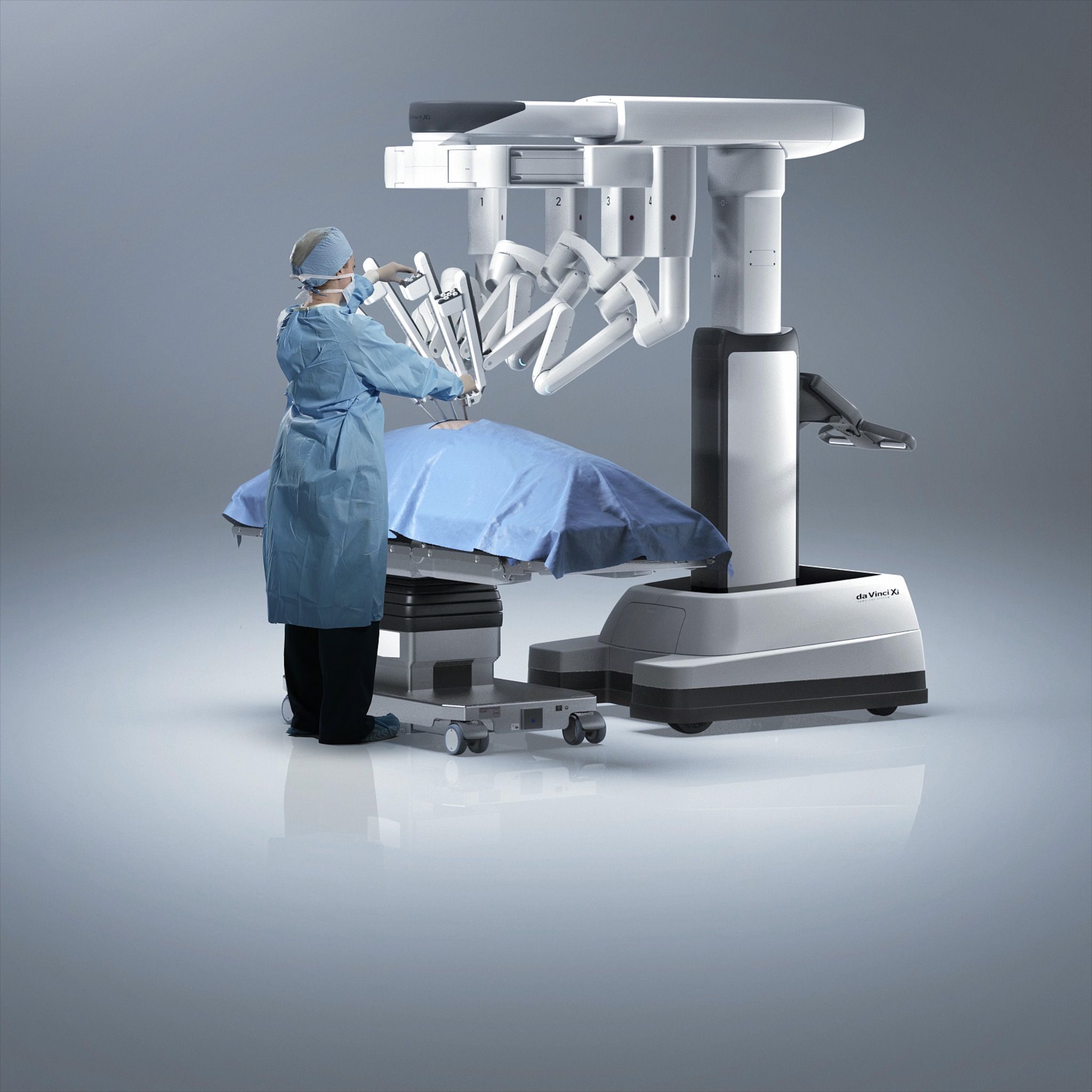Robotic surgery is a revolutionary technology that has transformed the field of medicine. It involves the use of robotic systems to assist surgeons in performing complex surgical procedures with enhanced precision and efficiency. This cutting-edge technology has significantly improved patient outcomes, reducing complications and recovery times. In this article, we will explore the benefits and advancements in robotic surgery, highlighting how it has revolutionized the operating room.
How Robotic Surgery Works
Robotic surgery utilizes state-of-the-art robotic systems, such as the da Vinci Surgical System, to perform intricate surgical procedures. The system consists of a console, where the surgeon operates, and robotic arms equipped with surgical instruments. The surgeon controls the robotic arms using hand and foot controls, translating their movements into precise actions by the robotic instruments. The robotic system offers several advantages over traditional surgical techniques. Firstly, it enables surgeons to perform surgeries with enhanced dexterity and precision. The robotic arms can make precise movements and offer a greater range of motion compared to human hands. This allows for intricate procedures to be performed with utmost accuracy, minimizing the risk of complications. Secondly, robotic surgery provides surgeons with a three-dimensional, high-definition view of the surgical site. The system employs advanced imaging technology that magnifies the image, offering a clear and detailed view. This improved visualization allows surgeons to navigate complex anatomical structures with ease, further enhancing surgical precision.
The Benefits of Robotic Surgery
Robotic surgery offers a multitude of benefits both for patients and surgeons. One of the key advantages is the reduced invasiveness of the procedures. Traditional open surgeries often require large incisions, leading to more significant scarring, higher risk of infection, and longer recovery periods. Robotic surgery, on the other hand, utilizes smaller incisions, resulting in less blood loss, reduced pain, and faster healing times for patients. Furthermore, robotic surgery enables surgeons to perform complex procedures with increased efficiency. The enhanced precision and maneuverability of the robotic arms allow for better control during the operation, leading to reduced damage to surrounding tissues. This precision also helps minimize the risk of complications and the need for additional surgeries. Another notable benefit is the shorter hospital stays associated with robotic surgery. Patients who undergo robotic procedures tend to have shorter recovery times, allowing them to return to their normal daily activities sooner. This not only improves patient satisfaction but also reduces healthcare costs by freeing up hospital beds for other patients.
Advancements in Robotic Surgery
Robotic surgery has witnessed significant advancements in recent years, with continuous research and development pushing the boundaries of this technology. One notable advancement is the integration of artificial intelligence (AI) in robotic systems. AI algorithms can analyze vast amounts of patient data, helping surgeons make more informed decisions and personalize surgical techniques to individual patients. Additionally, haptic feedback systems have been introduced to enhance the surgeon’s sense of touch during robotic surgery. These systems provide tactile feedback to the surgeon, simulating the sensation of touch, pressure, and resistance. This development further improves the surgeon’s ability to perform delicate maneuvers and increases the safety of robotic procedures.
The Future of Robotic Surgery
The future of robotic surgery looks promising, with ongoing advancements and innovations in the field. One key area of development is the miniaturization of robotic systems. By creating smaller and more portable robotic platforms, surgeons will be able to perform procedures in remote locations, increasing access to quality healthcare for underserved populations. Furthermore, the integration of augmented reality (AR) and virtual reality (VR) technologies in robotic surgery holds great potential. AR and VR can provide surgeons with interactive visualizations of patient anatomy, allowing for more accurate preoperative planning and intraoperative guidance. These immersive technologies can also assist in training new surgeons, providing a realistic and safe environment for skill development.
Conclusion
Robotic surgery has revolutionized the field of medicine, offering precision and efficiency in the operating room. With enhanced dexterity, improved visualization, and reduced invasiveness, robotic surgery has significantly improved patient outcomes and changed the way surgeons approach complex procedures. As technology continues to advance, we can expect even more exciting developments in the field, further improving surgical techniques and patient care.
